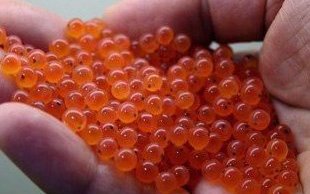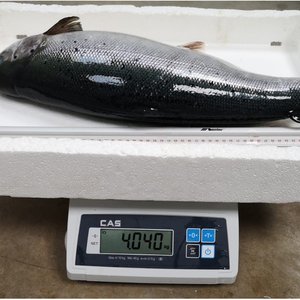The £1.7 million AquaLeap initiative will focus on four key species that have substantial economic and environmental importance for the UK as the European lobster, European flat oyster, lumpfish and Atlantic salmon. University researchers will work closely with industry partners to identify sustainable solutions to current challenges facing aquaculture production, including significant diseases.
The interdisciplinary consortium is led by the University of Edinburgh’s Roslin Institute in partnership with the Universities of Aberdeen, Exeter and Stirling, and the Centre for Environment, Fisheries and Aquaculture Science (Cefas). The commercial partners are Hendrix Genetics BV, Xelect Ltd, The National Lobster Hatchery, Tethys Oysters Ltd., and Otter Ferry SeaFish Ltd.
Teams will use cutting-edge genetic sequencing technologies to identify DNA markers that are linked to economically important traits, such as disease resistance or growth rate. This information will help develop and apply new tools to improve breeding programs for these valuable species. Experts will also develop gene-editing techniques to understand genes controlling resistance to diseases and explore possibilities of using this technology to speed up stock improvement.
Ross Houston, professor of The Roslin Institute, said, “well-managed program of domestication and breeding have a large and mostly untapped potential for improvement in aquaculture production. AquaLeap will focus on developing and applying genomic tools to selective breeding of several important aquaculture species.”
AquaLeap is funded by the Biotechnology and Biological Sciences Research Council and the Natural Environment Research Council under their targeted UK Aquaculture Initiative, with additional co-funding from the Scottish Aquaculture Innovation Centre.













